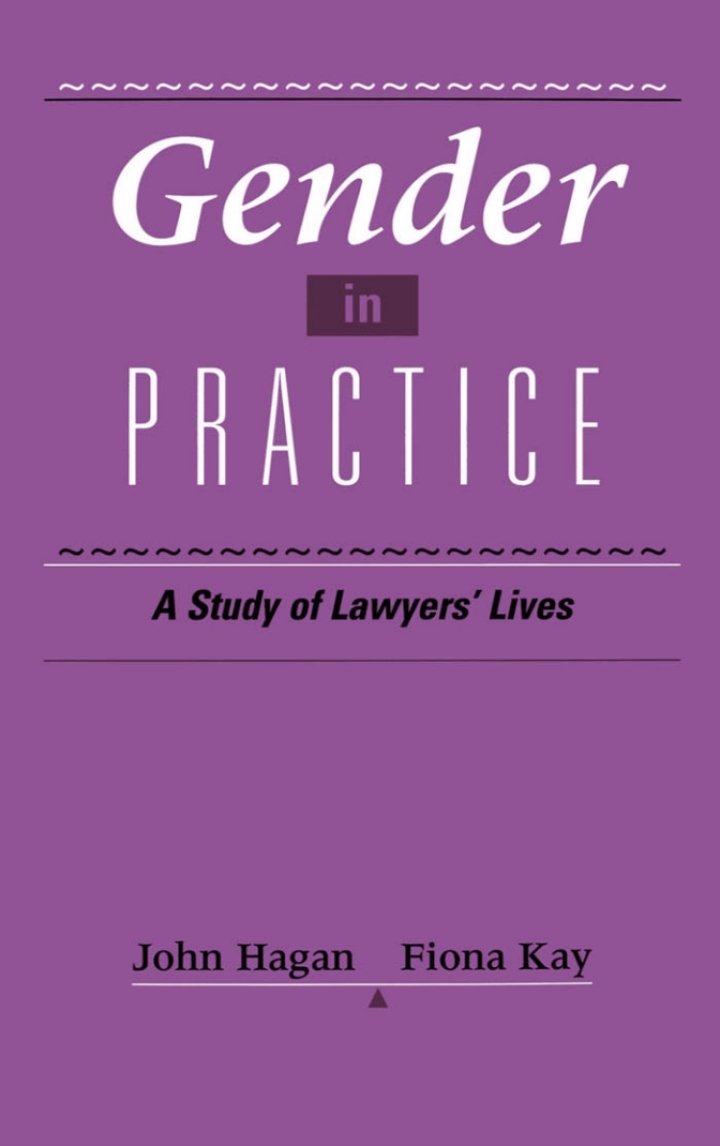Gender in Practice A Study of Lawyers’ Lives
$69.88
Attention: This is just ebook, Access Codes or any other Supplements excluded! / File Delivery: Sent Via Email within 24 hours!
SKU: 19f83938c1a2
Category: Law Textbooks
Description
-
Author(s)John Hagan; Fiona Kay
-
PublisherOxford University Press
-
FormatPDF
-
Print ISBN
9780195092820, 0195092821 -
eText ISBN
9780195092820, 0195092821 -
Edition
-
Copyright
- Details
In the last thirty years, the number of lawyers in the United States and Canada has more than tripled, and today as many women as men are entering legal practice. The sudden, dramatic increase of women in the profession would seem to signify a new era of equality in the legal profession. However, stereotypes about women’s abilities to balance responsibilities at work and home hamper their upward mobility in this male-dominated field. Battling sexual discrimination, women in law grapple with long-held assumptions about parenting, inferring that women eventually abandon their careers in order to take care of home and children. A large percentage of women leave the profession dissatisfied and distressed or seek part-time solutions, and those women who do stay in practice often find there is a ceiling on their status and monetary compensation. Gender in Practice demonstrates and explains how the structure of legal practice has changed in recent decades, often to the disadvantage of women. The issues addressed here, such as conflicts between careers and family, departures from practice, and barriers to women’s promotions and earnings are of great importance to members of the profession. Looking at the careers of both men and women and using information culled from two surveys that include nearly two thousand lawyers, this revealing book traces occupational and personal experiences and analyzes these patterns in terms of work and gender. The findings are linked to practical proposals for change, some of which have already found a place in the profession. A major contribution to discussions of sexual equality in the legal workplace, Gender in Practice offers detailed insights into the current and future status of women in the law. Lawyers, law professors, and anyone concerned with gender inequality and equal rights will find this to be an interesting and informative work.
Related products
-

Antimonopoly and American Democracy 1st Edition
Rated 0 out of 5$7.80 Add to cart -

Blackstone’s Guide to the Proceeds of Crime Act 2002 5th Edition
Rated 0 out of 5$34.12 Add to cart -

Challenging Acts of International Organizations Before National Courts 1st Edition
Rated 0 out of 5$43.88 Add to cart -

Commercial Arbitration in Sweden 3rd Edition
Rated 0 out of 5$146.25 Add to cart

